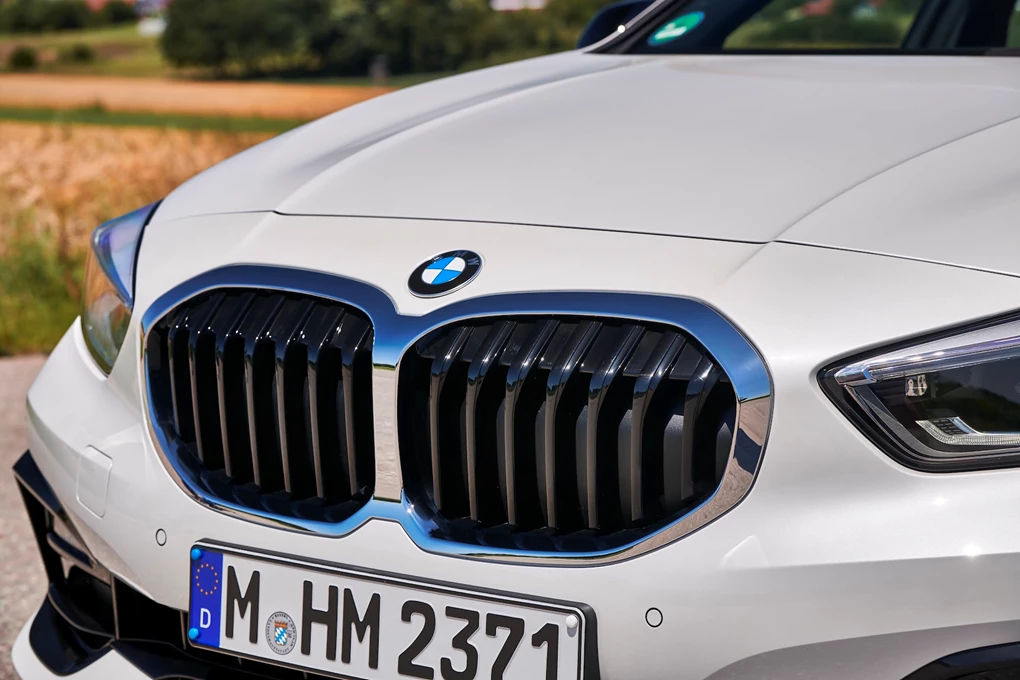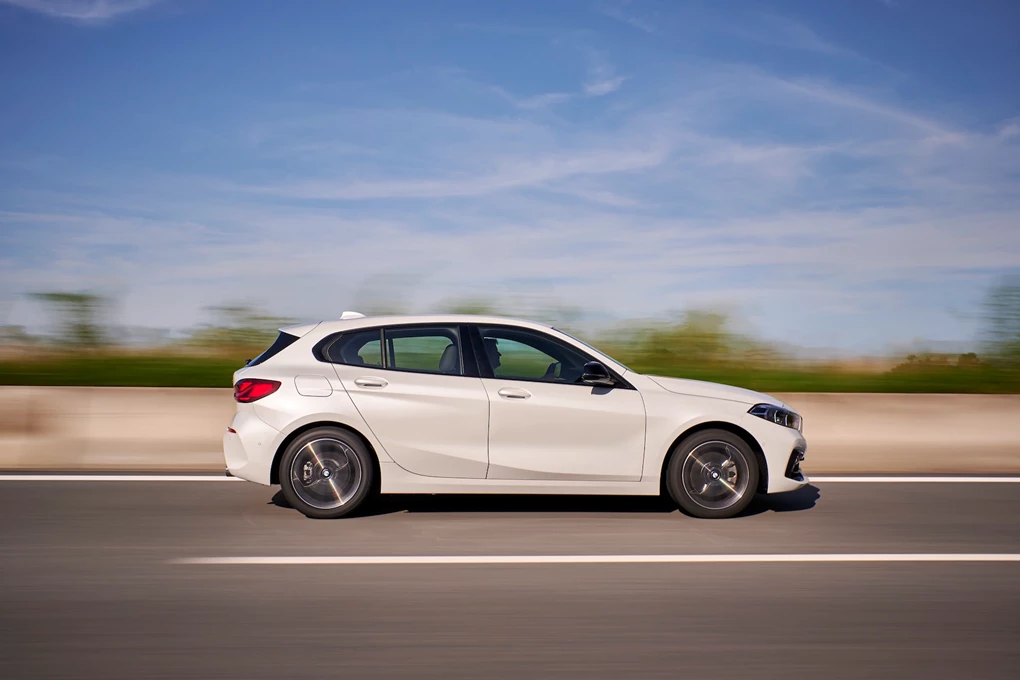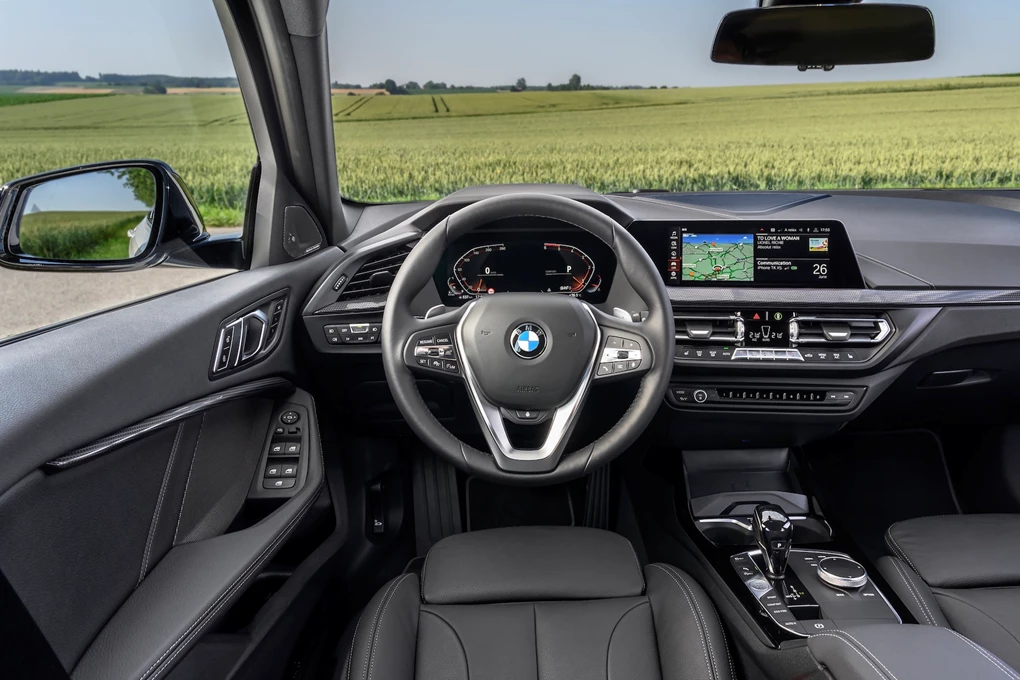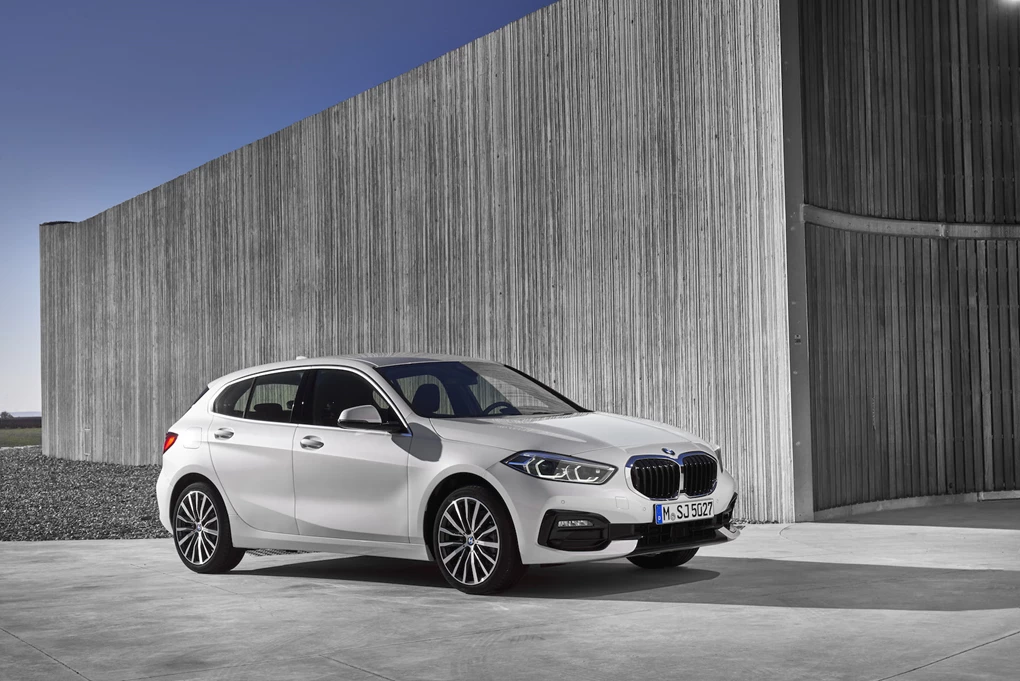Introduction
The BMW 1 Series has been a sales success since the launch of its second generation back in 2012 - with BMW shifting more than 220,000 units.
The 1 Series is a very important car for BMW and the small family hatchback market, and it has always had an ace up its sleeve, being the only car in its class to be rear-wheel-drive.
But, for the first time in the 1 Series’ life, it has become front-wheel-drive, with BMW saying that the average 1 Series owner won’t be too worried about the change. The third-generation 1 Series is set to go on-sale in September, we’ve already driven the 118d to see what it’s like?
Performance
From launch the new 1 Series will be available with two petrols and three diesels. The predicted best seller will be the 118i with BMW claiming it will make up 40 per cent of sales. Our test car was the 118d, which has a 2.0-litre turbocharged four-cylinder diesel engine sending drive to the front wheels through a seven-speed automatic gearbox.
The 118d produces 148bhp whilst making 350Nm of torque, which contribute to a 0-60mph time of 8.2 seconds and a top speed of 135mph.

Ride and handling
The old 1 Series was considered to be one of the finest handling small hatchbacks on the market, partly thanks to the rear-wheel-drive setup, which meant the front wheels only have to worry have going around corners and not driving the engine.
The new model is no exception. Despite the change in driven wheels, if you push hard there is a little bit of understeer, but otherwise it has plenty of grip. For everyday use the 1 Series is very refined and civilised, whilst the ride is exceptional, making it feel very sophisticated from behind the wheel.
See Available 1 Series deals
Interior and equipment
The new drivetrain layout has allowed BMW to free up space in the cabin, which was the Achilles heel of the old car, which had cramped rear seats and a small boot. Interior quality is also very good, with lots of soft-touch plastics dotted around the cabin. In the rear, leg and knee room is excellent, but the sloping roof line means that head room is a little on the tight side. Average-sized adults will find that their heads will brush on the roof, meaning tall passengers are more suited to short journeys.
Boot space has also increased from the old 1 Series. Now at 320 litres – 20 litres than before – that space increases to 1,200 litres with the seats folded down. Another common sight we are seeing with small hatchbacks is that the new 1 Series will only be on offer in five-door form, with no plans to bring a sportier looking three-door onto the market.
Tech fans will love the new 1 Series as it comes with almost everything we’ve seen from the latest 3 Series and even pushing to the 8 Series. A full digital cockpit is available, alongside gesture control and a head up display. These are expected features if the car was a premium saloon – but for a small family hatchback they are very impressive.
The spec consists of the entry level SE, followed by Sport and M Sport. And then the fastest and most expensive in the range is the M135i.

Cost
The range starts at £24,439 for the entry-level petrol model, with the diesel variants starting at £25,480 for the 116d. Our test car was the 118d which costs £26,640 and £32,470 for the 120d, whilst the hot M135i is set to go up to £36,430. Compared with rivals such as the Audi A3 and Mercedes-Benz A-Class, the 1 Series looks like good value with both rivals starting over £25,000.
Fuel economy is set to be around 56.5mpg for the 118i and 114g/km; the 116d will be the most frugal, capable of 74.3mpg and will have emissions as low as 100g/km.

Verdict
There was a lot of concern when BMW announced that the new 1 Series will no longer be rear-wheel-drive, but the move makes perfect sense as it increases the car’s interior space and boot room which is crucial with a small family hatchback. It may not be as involving to drive as the old 1 Series, but in all other aspects it is light years ahead of the car it replaces which matters the most to all 1 Series owners.




